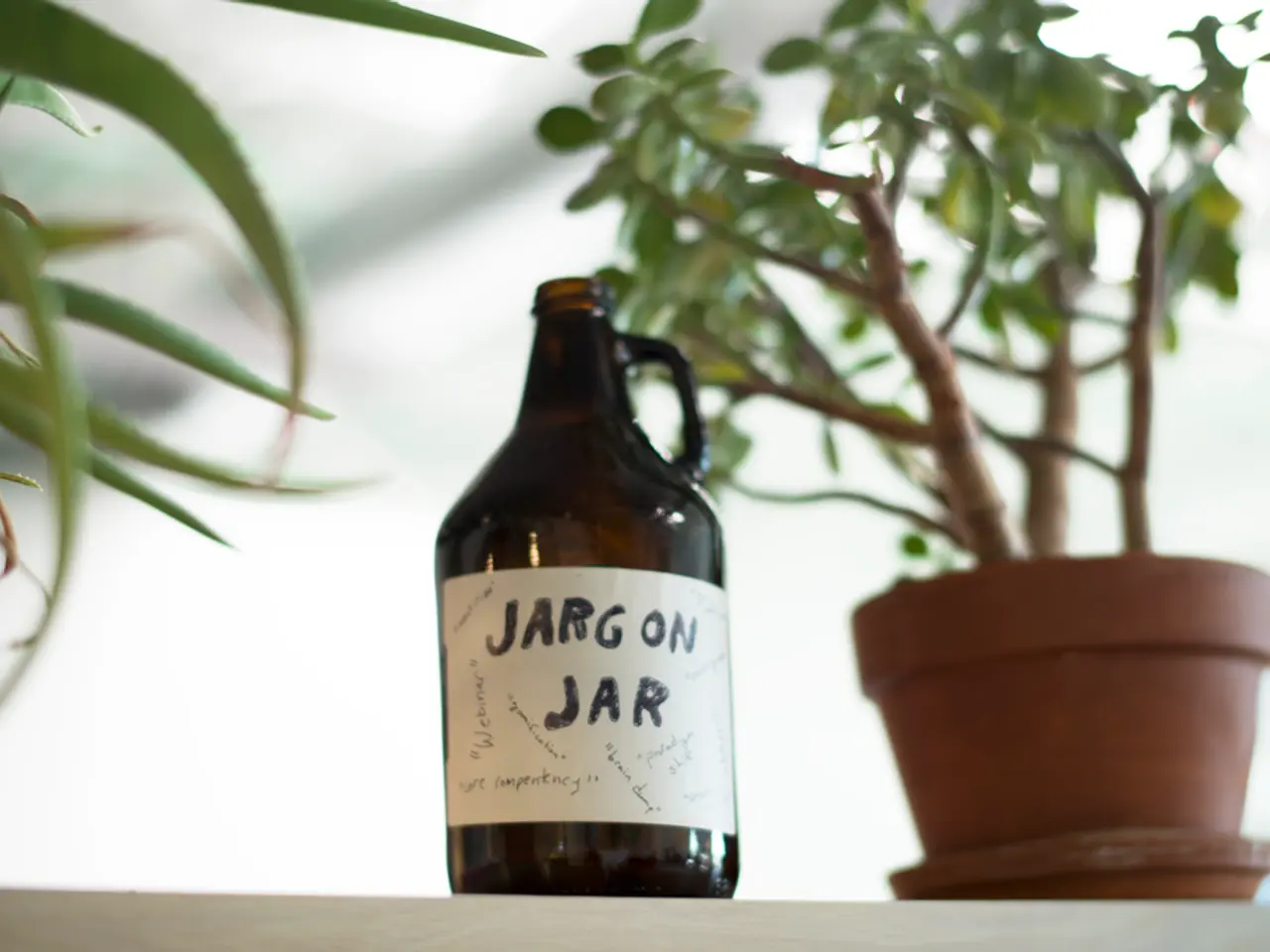Sustenance for the Spirit?
In the heart of the Amazon, two explorers, Jeremy Narby and Rafael Chanacari Pizuri, embarked on a life-changing journey. Their encounter with the master plants, Ayahuasca and Tobacco, led them to uncover the traditional use, cultural significance, and spiritual aspects of these substances within Amazonian indigenous practices.
Their findings are compiled in the brochure "Ayahuasca and Tobacco", published by the Swiss-based Nachtschatten Verlag. This insightful guide delves into the roles of these plant medicines in shamanic rituals, highlighting their contributions to healing, divination, and communication with the spirit world.
Ayahuasca, a psychoactive brew made from Banisteriopsis caapi vine and other plants, is known for its ability to lead one beyond consciousness. It contains DMT, a substance that affects neurons, but it is broken down before reaching the brain's neuron areas unless an inhibitor is added. This brochure sheds light on the complementary effects of Ayahuasca and Tobacco, and the careful, respectful ceremonial contexts in which they are administered by experienced shamans.
Trance, a recognized means to approach the spiritual realm, can be induced through various methods, including natural surroundings, encounters, and substances like Ayahuasca. However, it's essential to note that Ayahuasca consumption carries potential risks.
Physical risks include nausea, vomiting, diarrhea, increased heart rate, and elevated blood pressure. These effects are often part of the purging process but can be dangerous for people with certain medical conditions. Psychological risks may include anxiety, paranoia, or psychosis, especially in individuals with a history of mental health disorders.
Moreover, Ayahuasca contains MAO inhibitors, which can dangerously interact with certain prescription medications and other substances. Without proper guidance from knowledgeable shamans or medical supervision, use of Ayahuasca can lead to harmful consequences, including accidents or injuries during altered states of consciousness.
Legal and ethical issues also arise, as Ayahuasca is illegal in many countries, and its consumption outside traditional, supervised contexts can pose legal risks and cultural appropriation concerns.
Despite these dangers, the brochure emphasizes the profound spiritual experiences that can be gained from responsible use of Ayahuasca and Tobacco.
Meanwhile, in Neuss, a newsletter offers in-depth information about societal developments, culinary arts, art, and culture. Subscribing to this newsletter is free and promises not to send spam. To confirm your subscription, please check your inbox or spam folder.
For more information about the newsletter's Privacy Policy, please visit their website. The authors of the "Ayahuasca and Tobacco" brochure, aware of the risks associated with these master plants, warn about them in their work.
Tobacco, known since it approached the Americas, has been denatured and stigmatized in its civilized form, the cigarette. In its other forms, it is largely extinct. The book delves into the power of master plants like Tobacco over people, offering a fascinating exploration of traditional practices and spiritual beliefs.
In conclusion, both the brochure and the newsletter invite readers to embark on a journey of discovery, offering insights into the spiritual realm and the cultural significance of Ayahuasca and Tobacco.
The brochure titled "Ayahuasca and Tobacco" discusses the spiritual and cultural aspects of these master plants, emphasizing the importance of careful, respectful use in shamanic rituals due to potential psychological and physical risks.
Meanwhile, the newsletter from Neuss provides in-depth information on societal developments, food-and-drink, art, and books, offering a broader perspective on the power of master plants like Tobacco, emphasizing the need for understanding traditional practices and spiritual beliefs.






